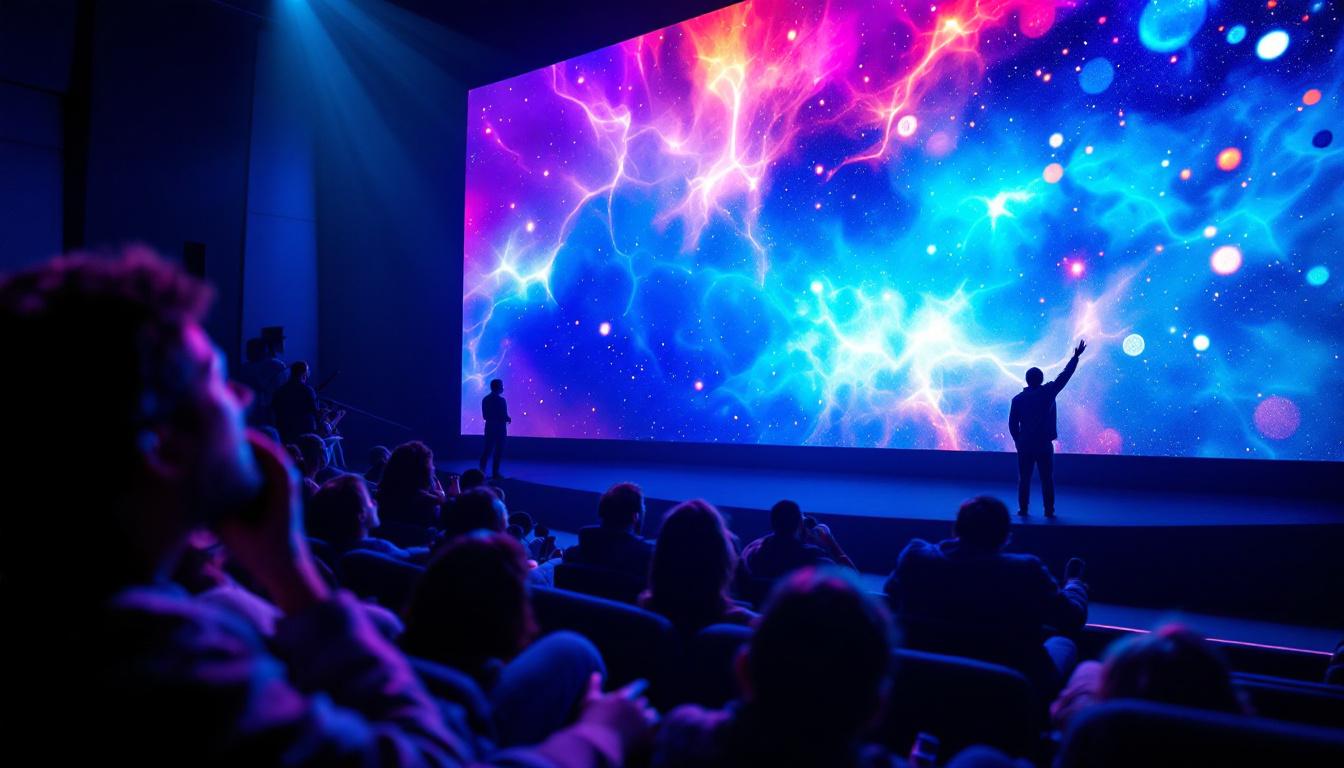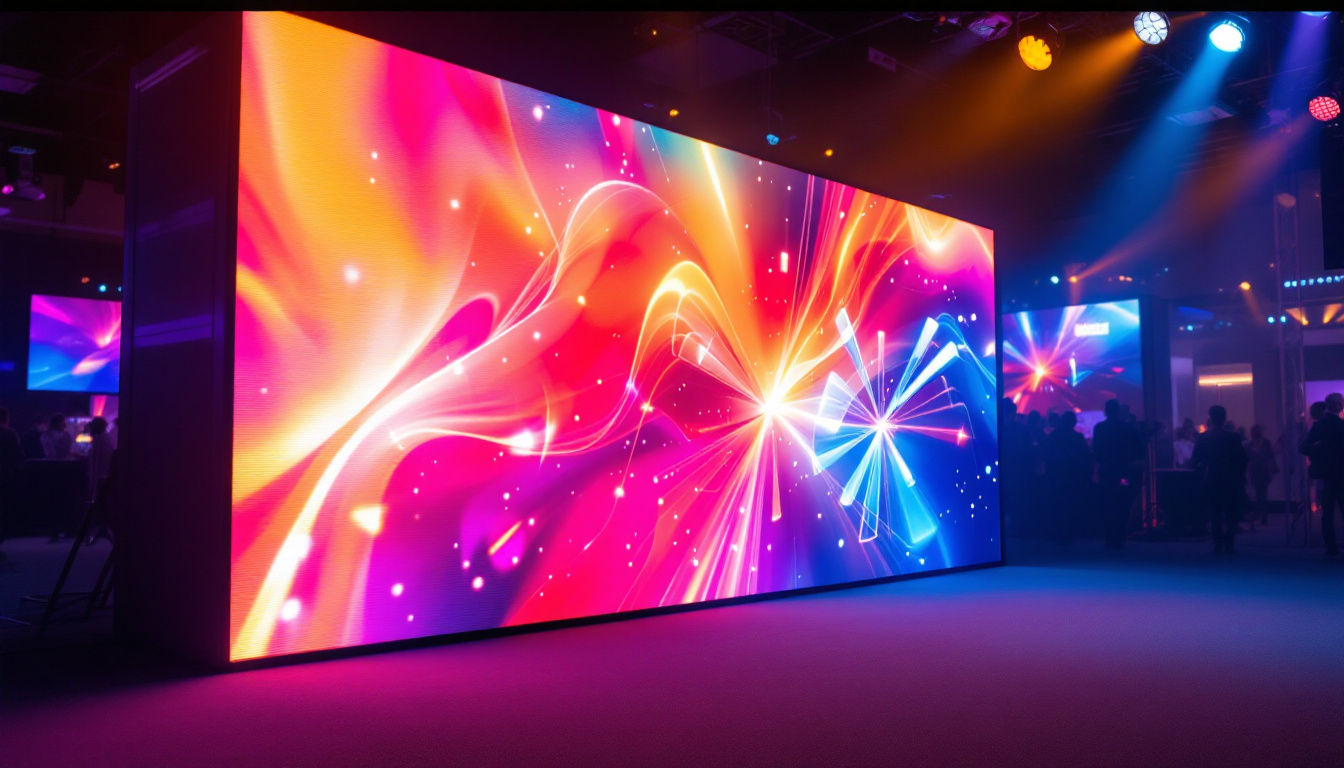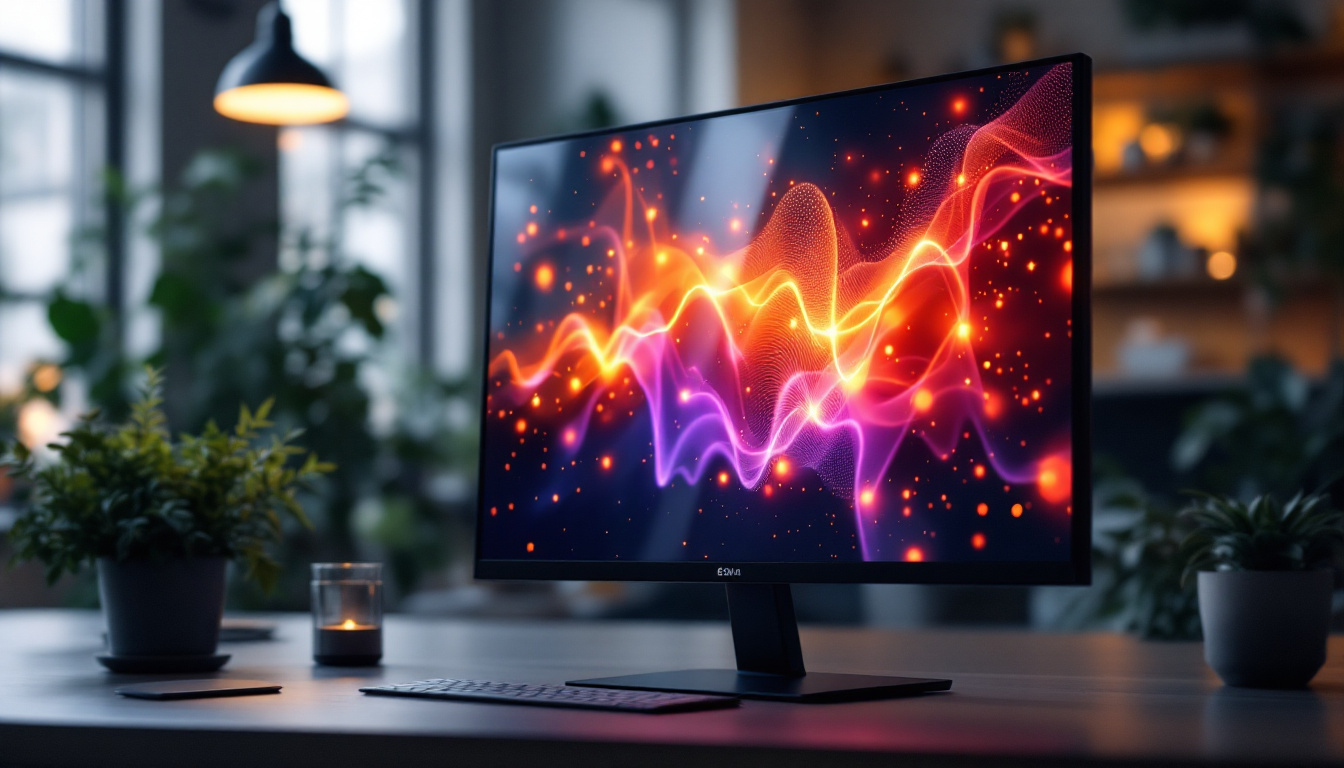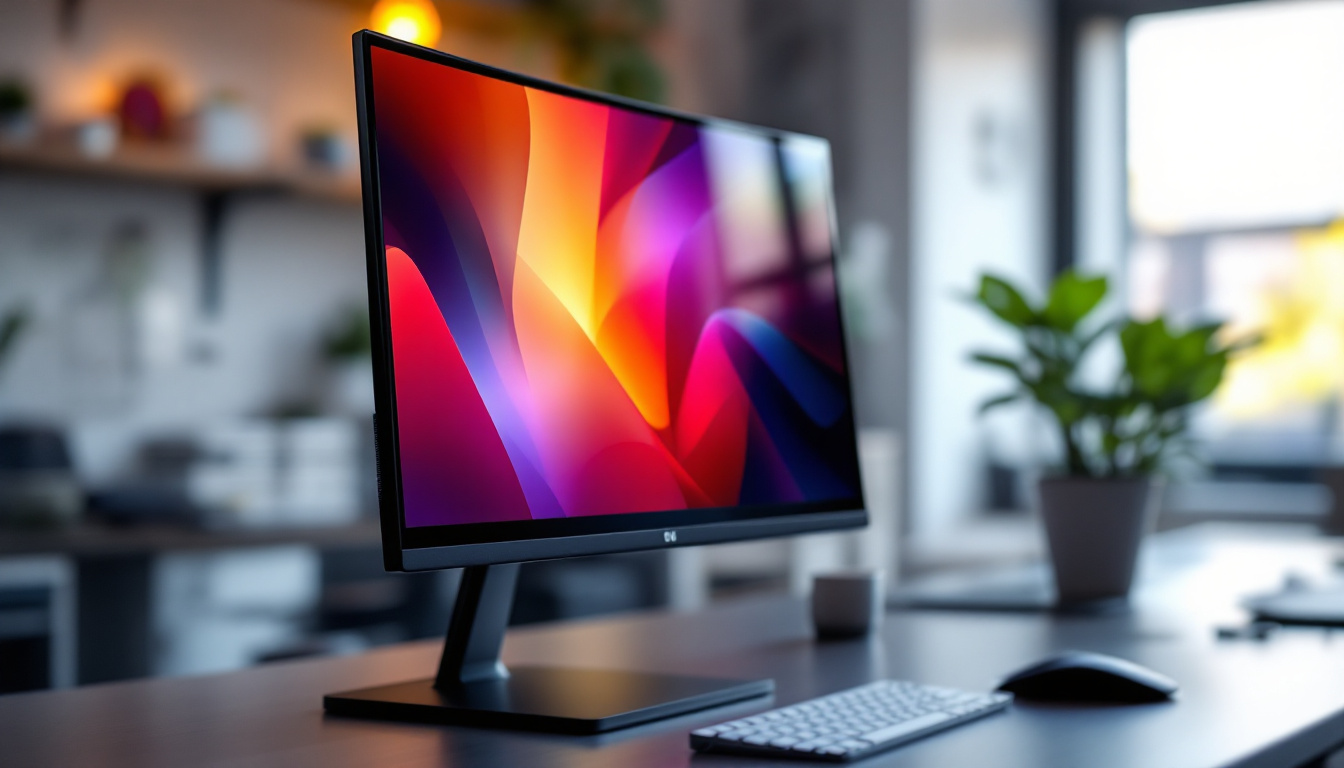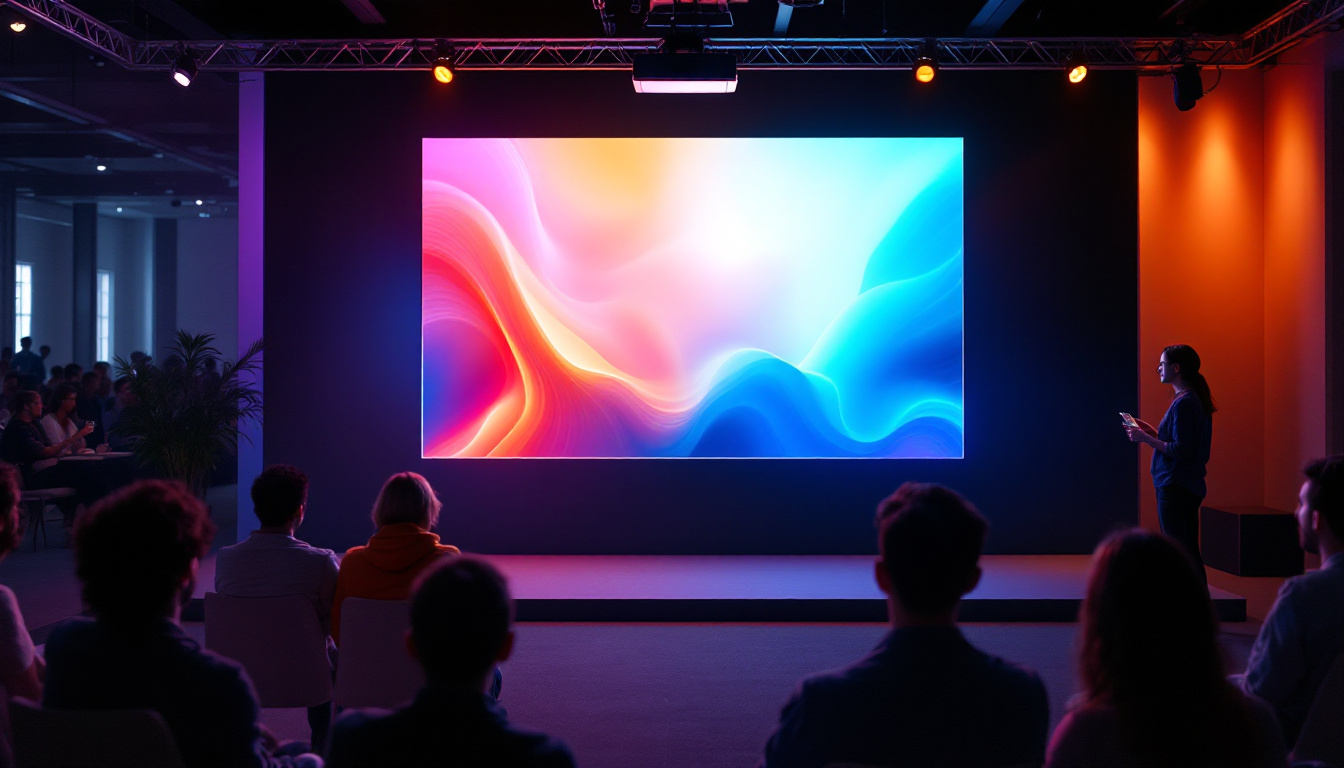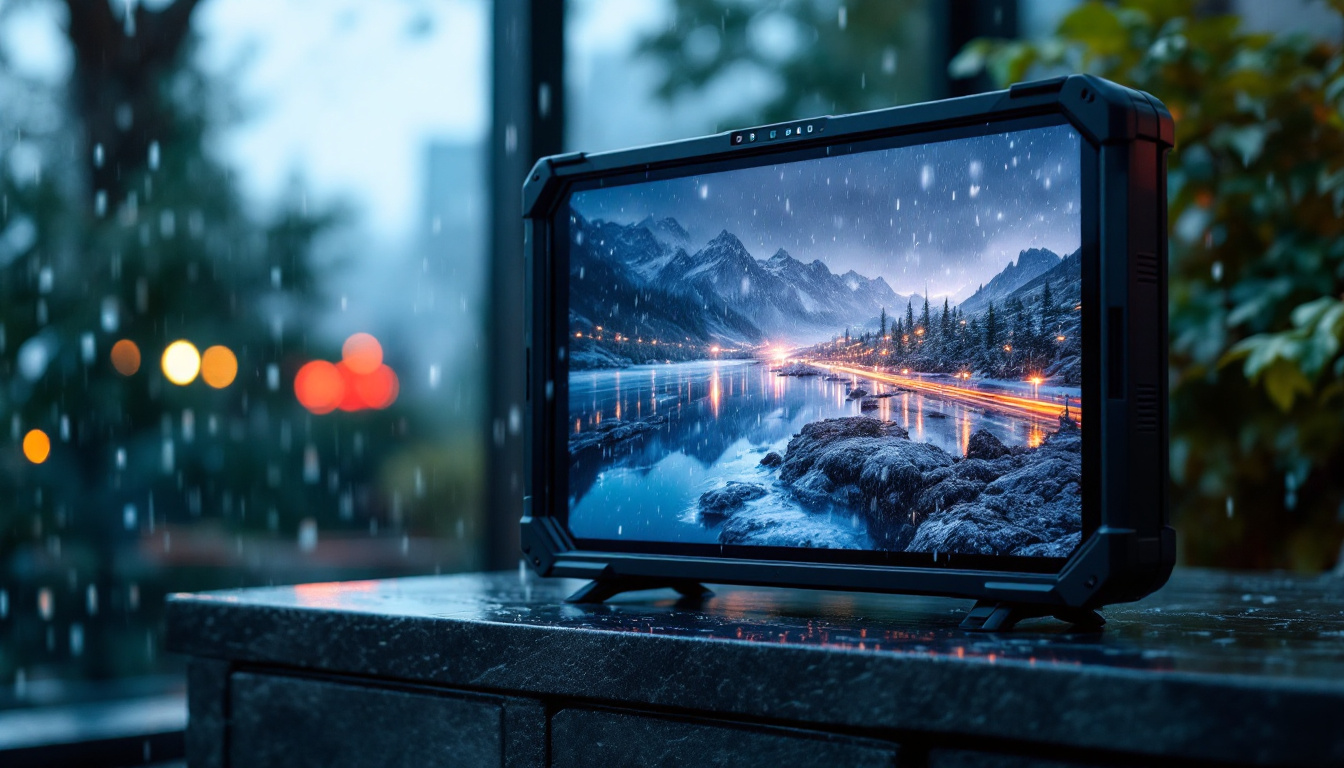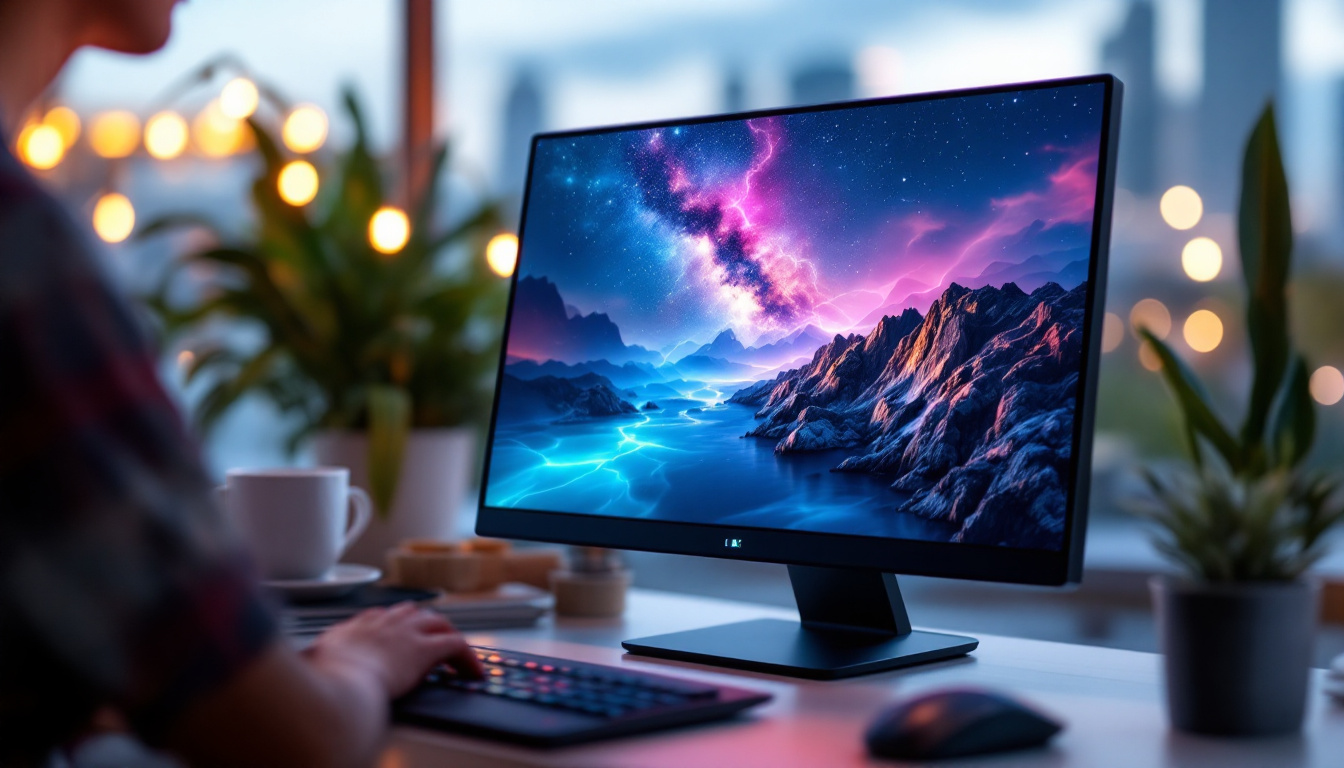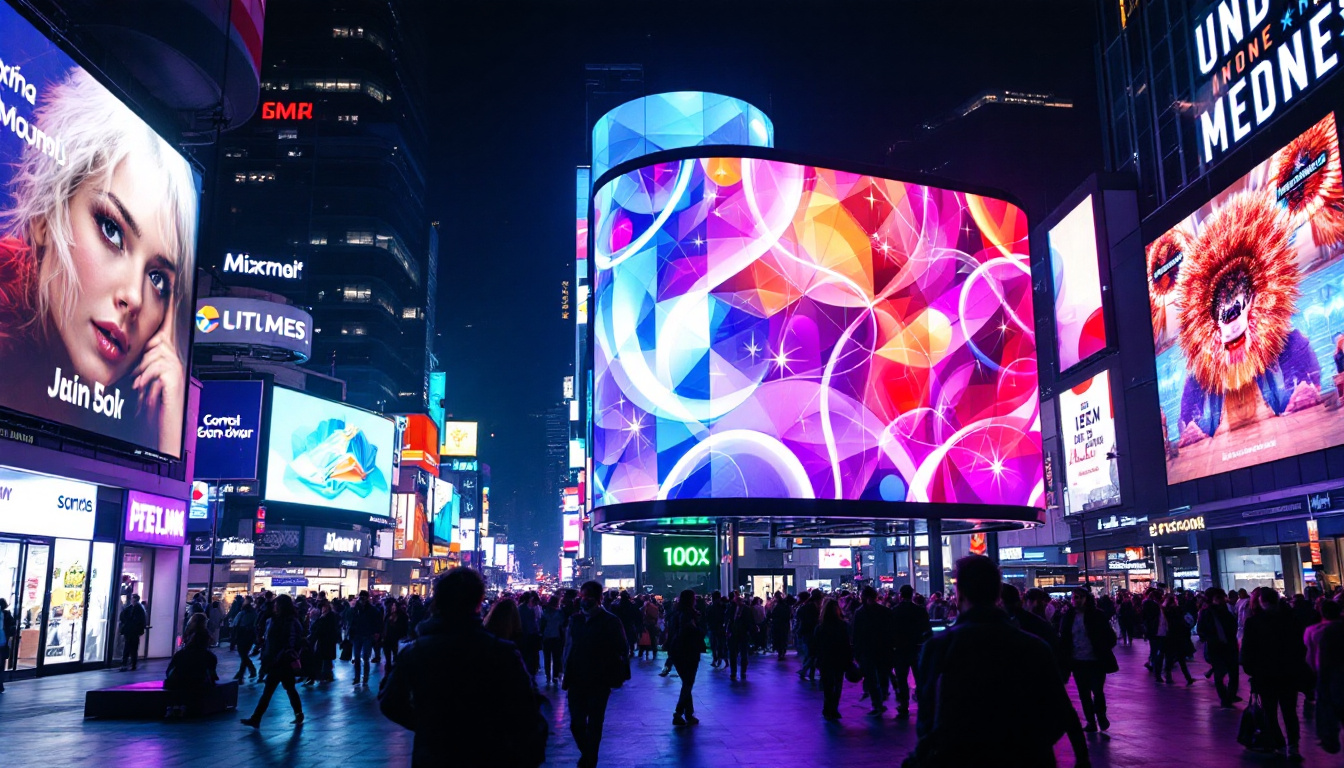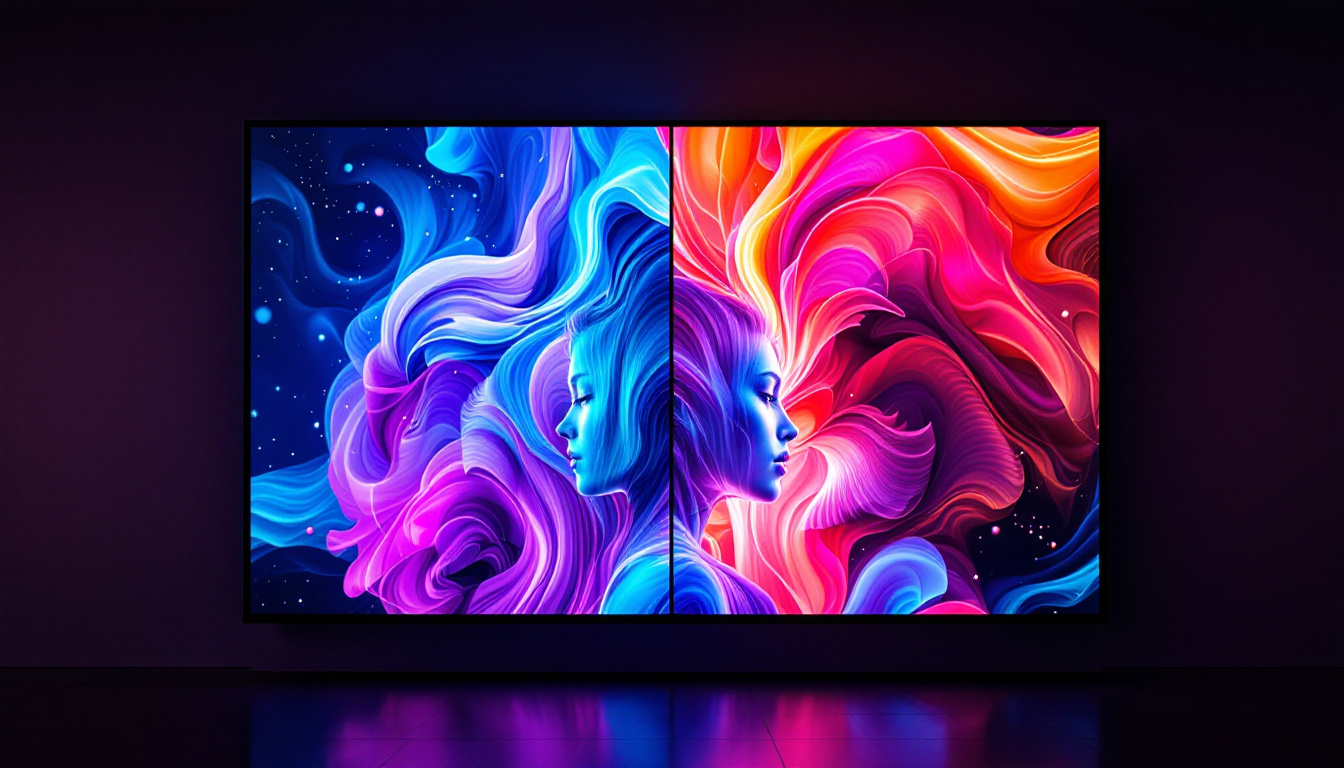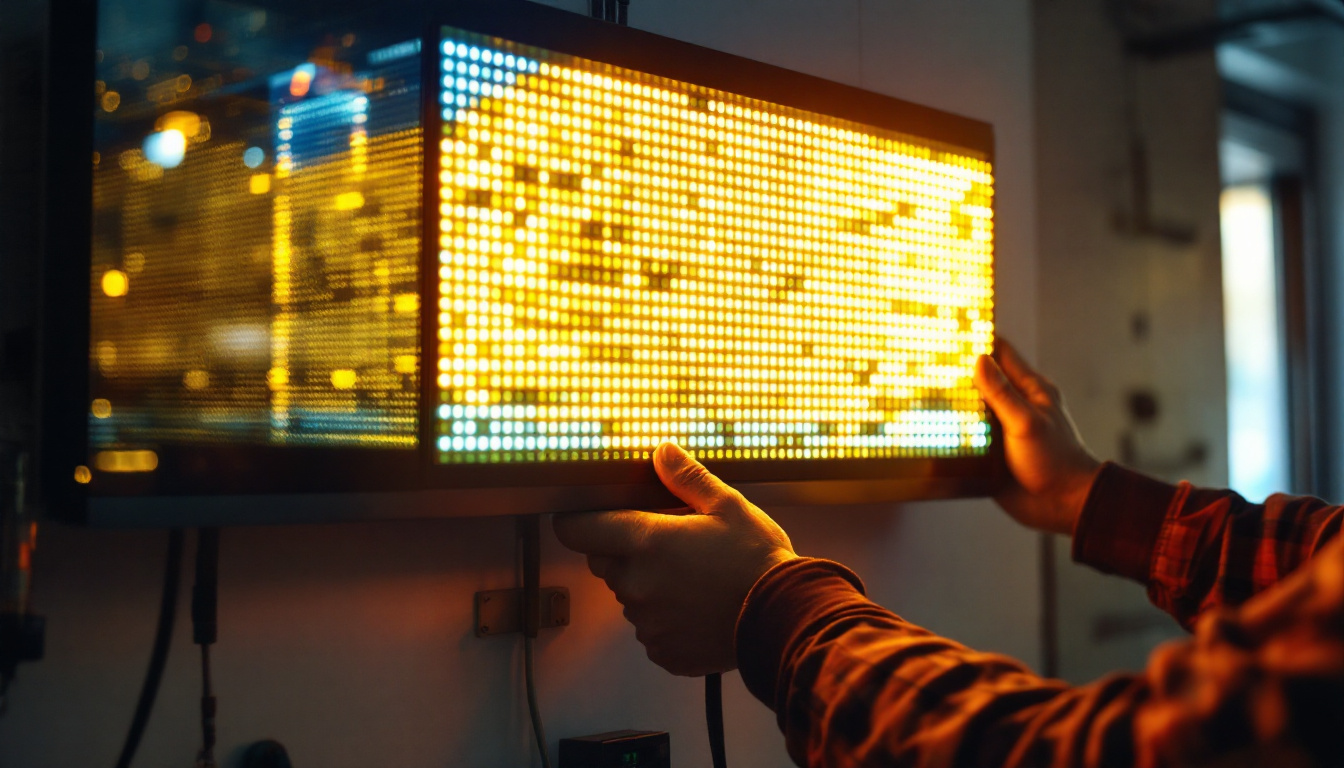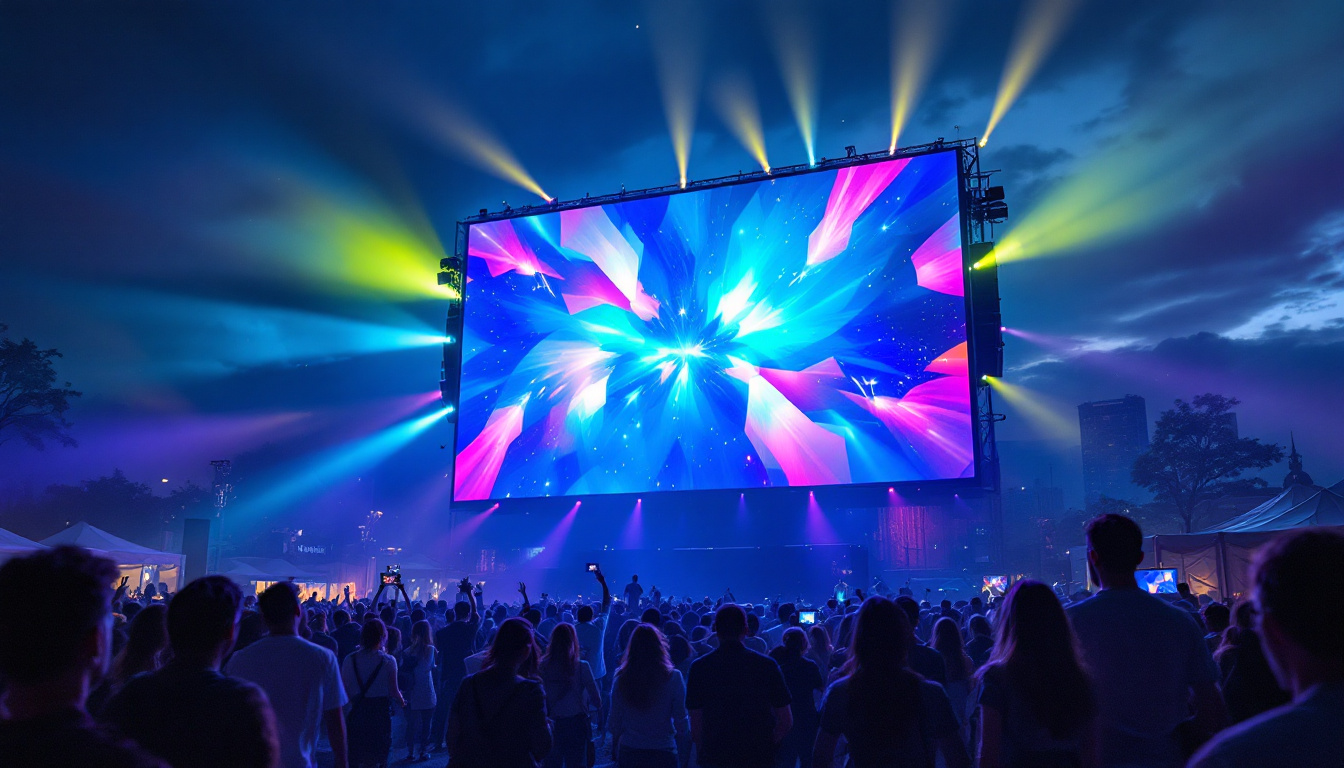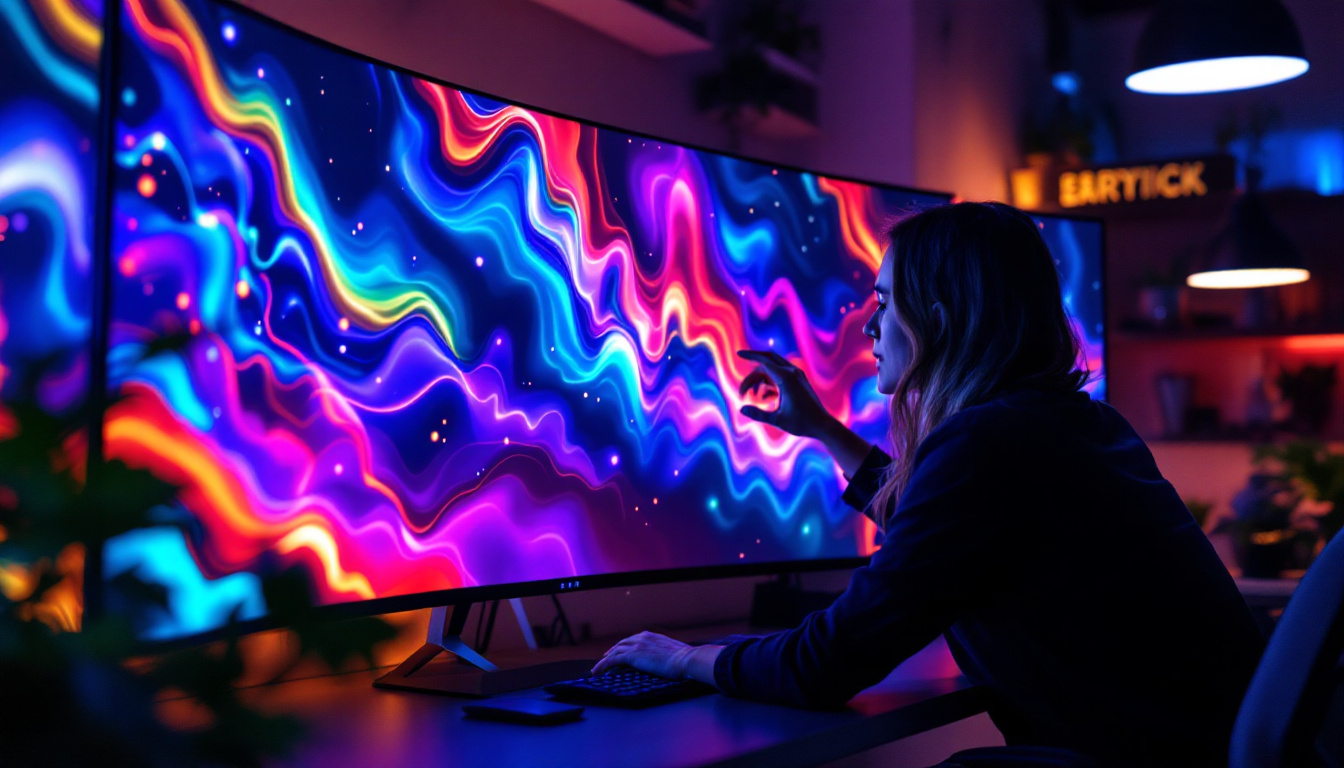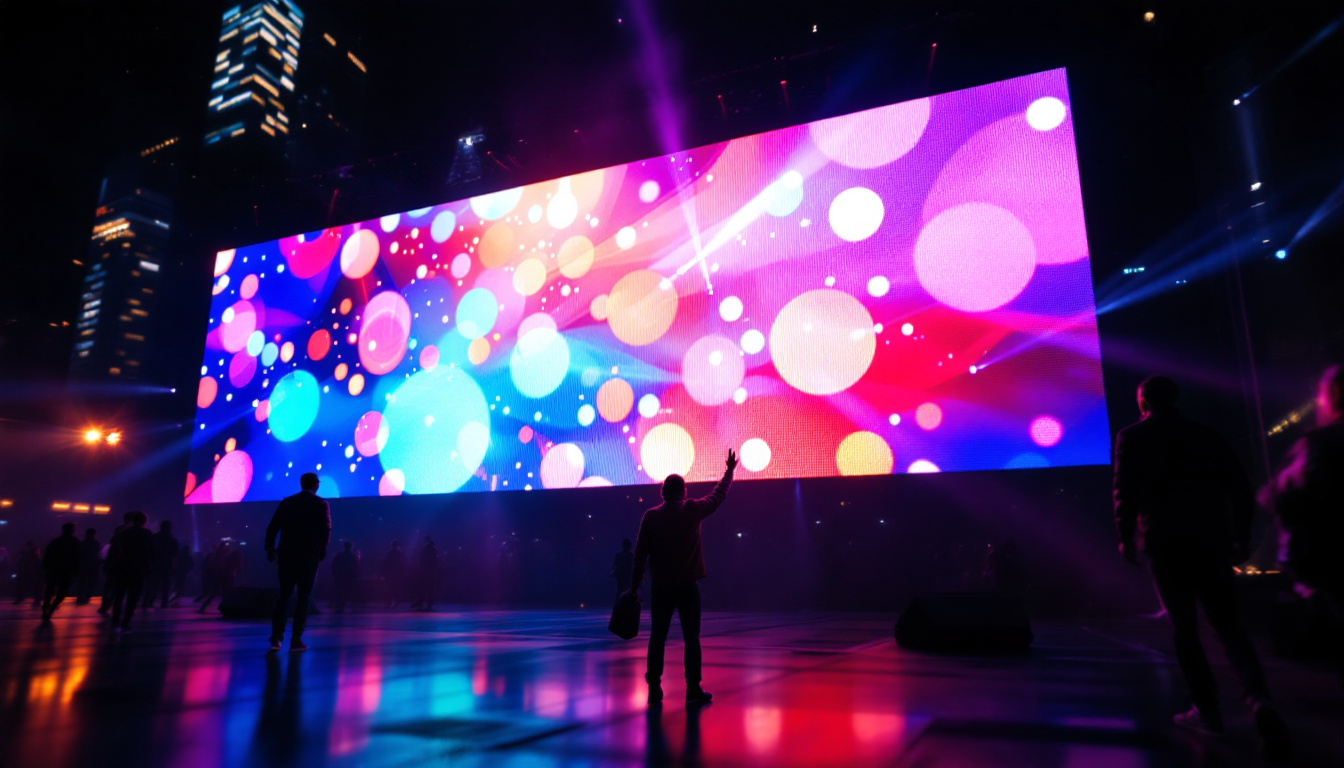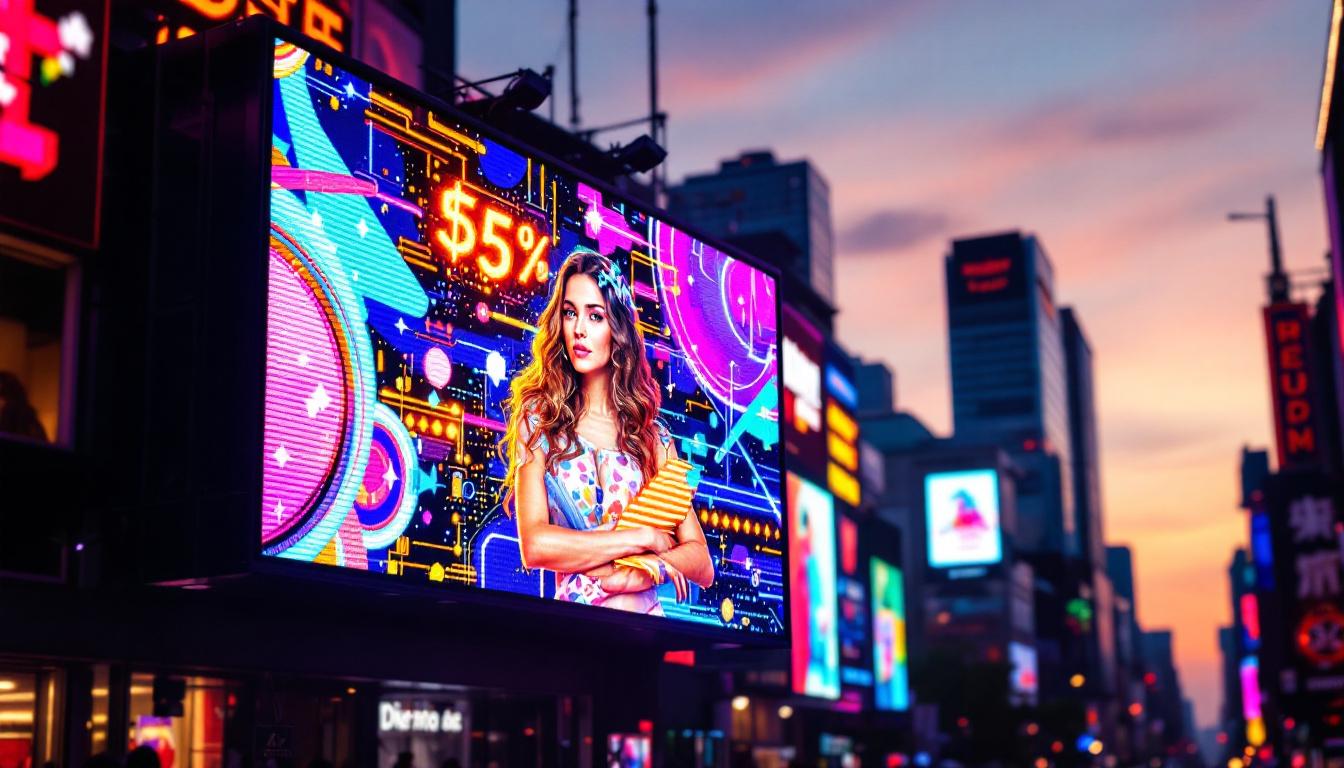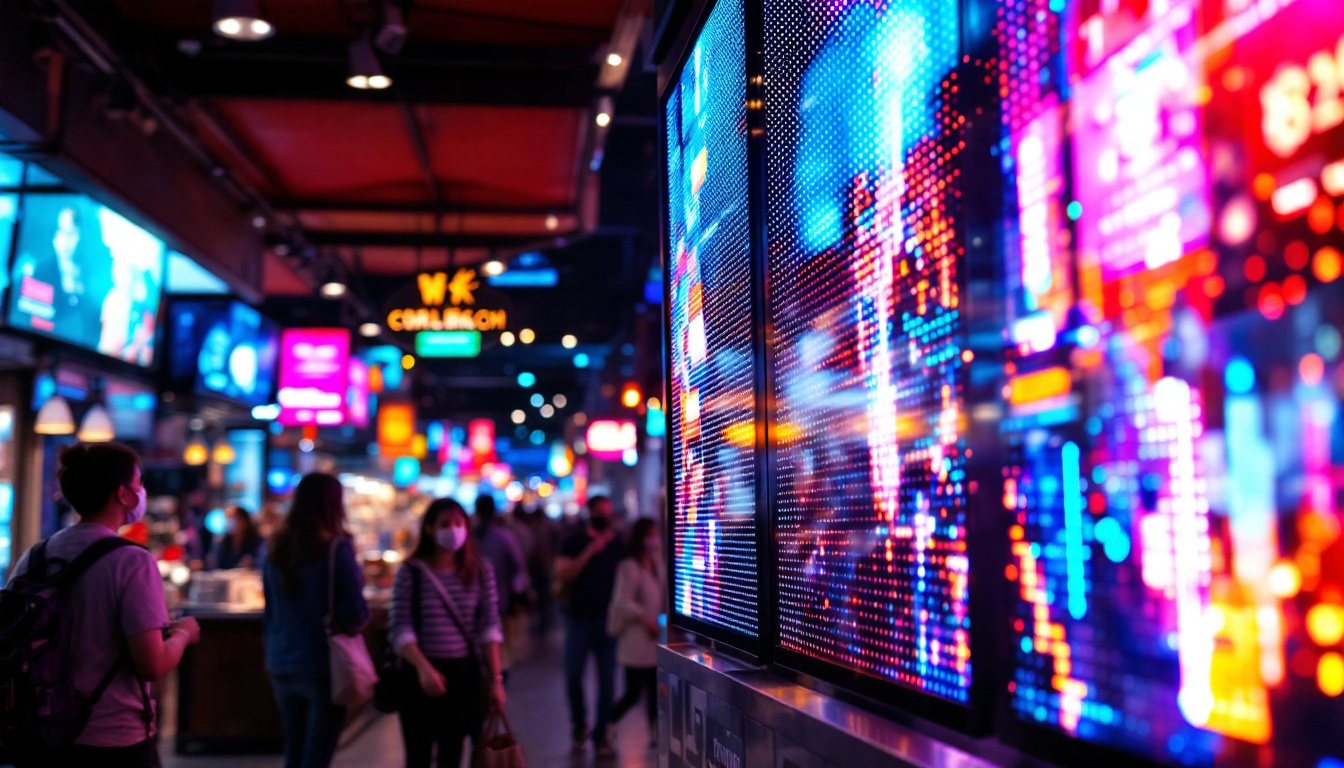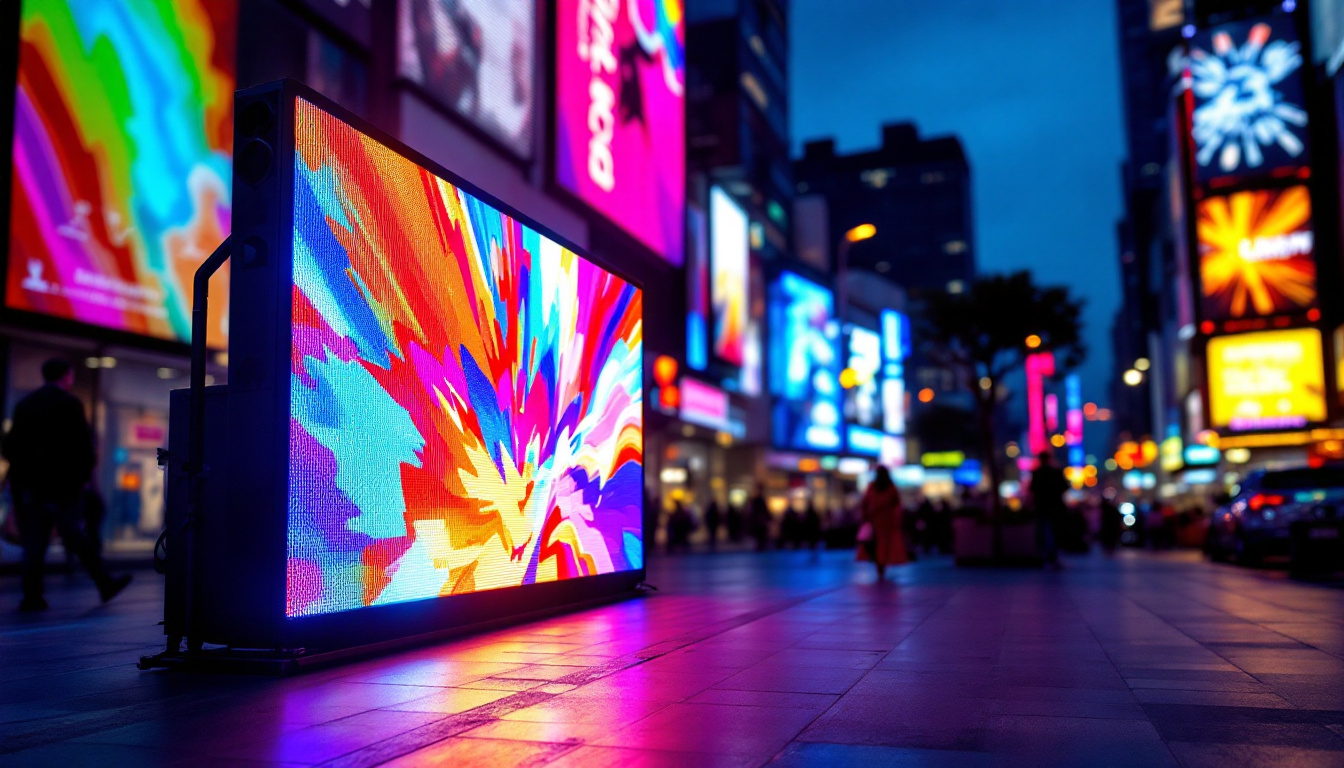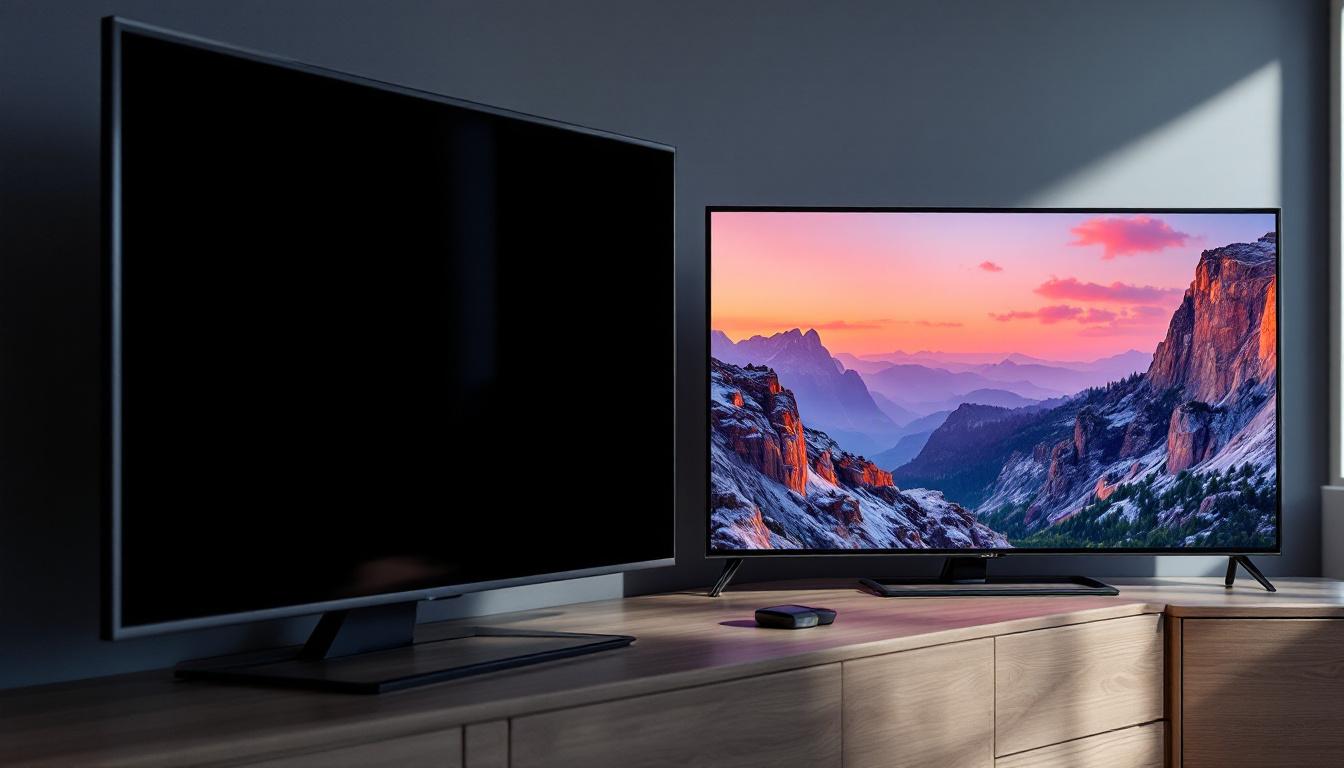The moire effect is a fascinating phenomenon that can occur in photography, particularly when capturing images of LED displays. This visual distortion can create unexpected patterns and textures, often leading to striking and sometimes confusing results. Understanding the moire effect is essential for photographers, especially those who frequently work with digital screens or printed materials. This article delves into the intricacies of the moire effect, its causes, and how to manage it effectively in photography.
Understanding the Moire Effect
The moire effect arises when two regular patterns overlap, resulting in a third pattern that is not present in either of the original designs. This interference pattern can manifest as wavy lines, ripples, or other unexpected shapes, often creating a visually intriguing but distracting effect. In photography, this is particularly noticeable when photographing subjects with fine, repetitive details, such as fabrics, screens, or printed images. The phenomenon can be so pronounced that it detracts from the overall quality of the image, leading to frustration for both photographers and viewers alike.
How Moire Patterns Form
Moire patterns occur due to the interaction between the grid of pixels in a digital display and the grid of pixels in a camera sensor. When the two grids are not perfectly aligned, the resulting image can display a variety of distortions. This misalignment can happen for several reasons, including the distance from the subject, the angle of the camera, and the resolution of both the display and the camera sensor. Understanding these variables is essential for photographers who wish to minimize the impact of the moire effect on their work.
For instance, when photographing an LED screen, the camera sensor may pick up the individual pixels of the display. If the sensor’s resolution is not high enough, or if the camera is at an angle, the pixels of the screen can interfere with the pixels of the camera, resulting in a moire pattern. This is particularly common with high-resolution displays, where the pixel density can exacerbate the effect. Additionally, the characteristics of the lens used can also play a significant role; certain lenses may introduce their own distortions that can compound the moire effect, making it even more challenging to achieve a clean image.
Common Scenarios for Moire Effect
Photographers often encounter the moire effect in various situations. Some common scenarios include:
- Capturing images of fabrics with intricate patterns, such as stripes or checks.
- Photographing digital screens, including televisions, computer monitors, and smartphones.
- Working with printed materials that feature fine details, such as magazines or brochures.
In each of these cases, the interaction between the patterns of the subject and the camera can lead to unexpected results, making it crucial for photographers to be aware of the moire effect and how to mitigate it. Furthermore, the moire effect can also be seen in architectural photography, where the lines of buildings and structures can create interference patterns when viewed through a camera lens. This can lead to distortions in the portrayal of the structure’s design, which may not be evident to the naked eye but can significantly alter the perception of the image. Understanding the nuances of the moire effect is essential for photographers aiming to produce high-quality images that accurately represent their subjects.
LED Displays and the Moire Effect
LED displays are ubiquitous in modern life, found in everything from billboards to smartphones. However, they present unique challenges for photographers due to their pixelated nature. Understanding how to work with these displays can help minimize the moire effect and produce clearer images.
Characteristics of LED Displays
LED displays consist of numerous tiny light-emitting diodes arranged in a grid. Each pixel is made up of red, green, and blue components, which combine to create a full spectrum of colors. The pixel density varies among different displays, influencing how they interact with camera sensors. For instance, high-definition displays typically feature a greater pixel density, allowing for more vibrant colors and sharper images, but they can also exacerbate the moire effect when photographed improperly.
When photographing an LED display, the camera’s resolution and the display’s pixel density must be taken into account. A higher pixel density can lead to more pronounced moire patterns, especially if the camera sensor is not capable of capturing the fine details accurately. Additionally, the refresh rate of the display can play a role; some LED screens may flicker at certain shutter speeds, further complicating the photography process. Understanding these characteristics can help photographers make informed decisions about their equipment and settings.
Tips for Photographing LED Displays
To minimize the moire effect when photographing LED displays, consider the following tips:
- Adjust the Distance: Moving further away from the display can help reduce the visibility of moire patterns. This increased distance allows the camera to capture a more blended image of the pixels.
- Change the Angle: Experimenting with different angles can help find a position that minimizes the interference between the camera sensor and the display’s pixel grid.
- Use a Higher Resolution Camera: A camera with a higher resolution sensor can capture more detail, reducing the likelihood of moire patterns appearing in the final image.
In addition to these tips, utilizing post-processing techniques can also be beneficial. Software tools can help reduce the appearance of moire patterns in the editing phase, allowing for a more polished final product. Techniques such as frequency separation can be particularly effective, as they enable photographers to isolate and correct specific areas of the image without compromising overall quality. Moreover, understanding the lighting conditions when capturing images of LED displays is critical; the brightness and color temperature of the ambient light can significantly impact how the colors and patterns are rendered in photographs.
Lastly, it’s worth noting that different types of LED displays, such as OLED and QLED, have distinct characteristics that can affect how they are photographed. OLED displays, for example, tend to have deeper blacks and more vibrant colors, but they can also produce unique artifacts that photographers should be aware of. By familiarizing themselves with these variations, photographers can better adapt their techniques to suit the specific display they are working with, ensuring the best possible results in their images.
Managing the Moire Effect in Photography
While it may not always be possible to eliminate the moire effect entirely, there are several strategies photographers can employ to manage it effectively. These techniques range from preemptive measures taken during the shoot to post-processing adjustments made in editing software.
Preemptive Measures
Before capturing an image, photographers can take several steps to minimize the chances of encountering the moire effect. In addition to adjusting distance and angle, consider the following:
- Use a Diffuser: Placing a diffuser over the LED display can help soften the light and reduce the harshness of the pixel grid, leading to a more even image.
- Adjust Camera Settings: Modifying settings such as aperture and shutter speed can impact how the camera captures the display. A wider aperture may help blur the pixel grid, reducing the visibility of moire patterns.
- Experiment with Focus: Slightly adjusting the focus can sometimes help mitigate the moire effect. A slight out-of-focus image may blend the pixel patterns more effectively.
Post-Processing Techniques
If moire patterns do appear in an image, there are several post-processing techniques that can help reduce their visibility. Popular photo editing software offers various tools to address this issue:
- Use a Moire Reduction Tool: Many editing programs have specific tools designed to reduce moire patterns. These tools can selectively blur or smooth areas of the image where the effect is most pronounced.
- Apply Selective Blurring: If the moire effect is localized, applying a selective blur to the affected area can help diminish its impact without compromising the overall image quality.
- Adjust Color and Contrast: Sometimes, altering the color balance or contrast can help mask the appearance of moire patterns, making them less noticeable in the final image.
In addition to these techniques, photographers should also consider the type of equipment they are using. The quality of the camera sensor and lens can significantly influence the likelihood of encountering moire. Higher-end cameras often come equipped with low-pass filters designed specifically to combat moire, which can be a worthwhile investment for professionals working with intricate patterns or textures. Furthermore, experimenting with different lenses can yield varying results; for instance, a prime lens may produce sharper images that highlight moire, while a zoom lens may offer more flexibility in composition and depth of field.
Another important aspect to consider is the subject matter itself. Certain materials, such as fabrics with tight weaves or digital screens displaying complex patterns, are more prone to moire effects. Being aware of these characteristics can guide photographers in their choice of subjects and settings. For instance, when photographing textiles, opting for a more loosely woven fabric or changing the angle of the shot can help reduce the likelihood of unwanted patterns appearing in the final image. By combining these insights with the aforementioned techniques, photographers can enhance their ability to manage the moire effect effectively.
Conclusion
The moire effect is an intriguing aspect of photography that can both challenge and inspire photographers. By understanding the causes of this phenomenon, particularly in relation to LED displays, photographers can take proactive steps to minimize its impact. Whether through careful shooting techniques or effective post-processing, managing the moire effect allows for clearer, more visually appealing images.
As technology continues to evolve, the prevalence of LED displays in our environment will only increase. Photographers who are well-versed in the intricacies of the moire effect will be better equipped to navigate these challenges, capturing stunning images that reflect the true beauty of their subjects. Embracing the complexities of the moire effect can ultimately lead to greater creativity and innovation in photography.
Explore Cutting-Edge LED Displays with LumenMatrix
Ready to elevate your photography and capture the essence of your subjects without the distraction of the moire effect? Discover LumenMatrix’s innovative LED display solutions, designed to minimize visual interference and maximize impact. From Indoor and Outdoor LED Wall Displays to Custom and Transparent LED options, LumenMatrix offers a diverse range of modules to suit any creative or commercial need. Embrace the future of visual communication and check out LumenMatrix LED Display Solutions today to create truly captivating visual experiences.


